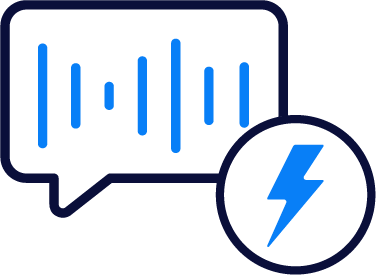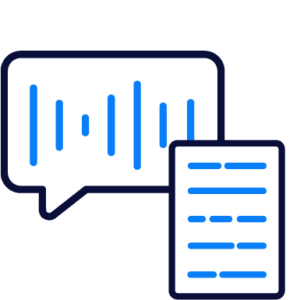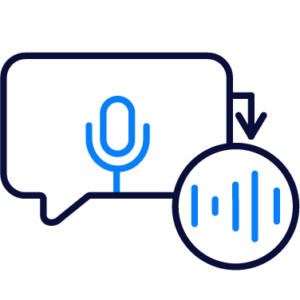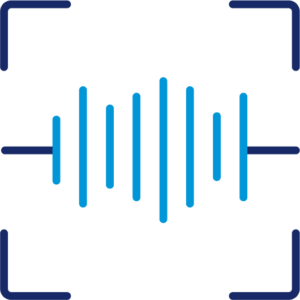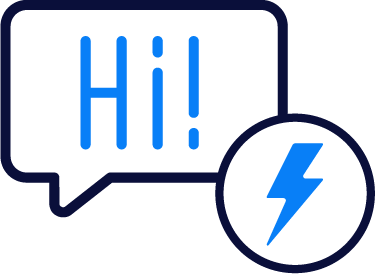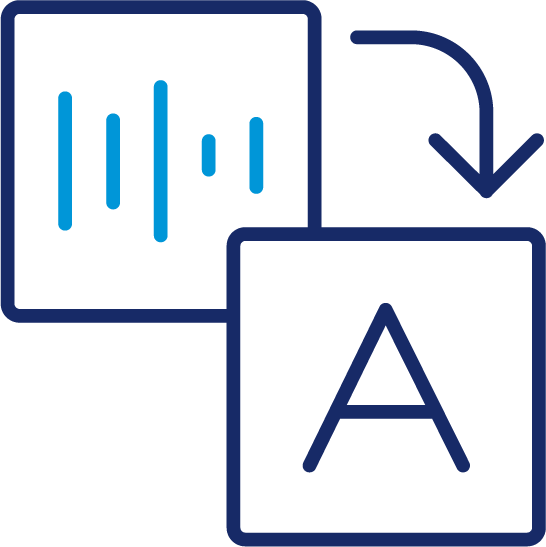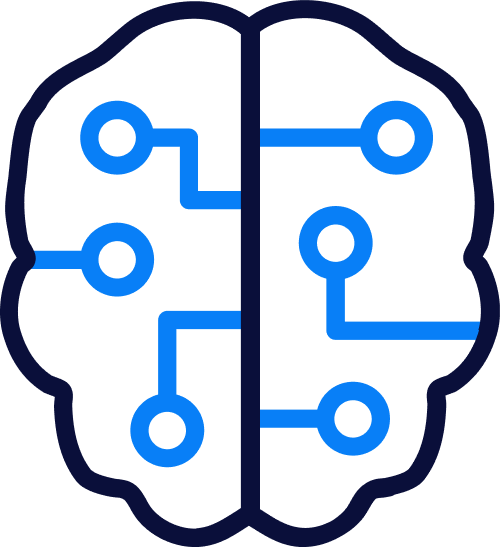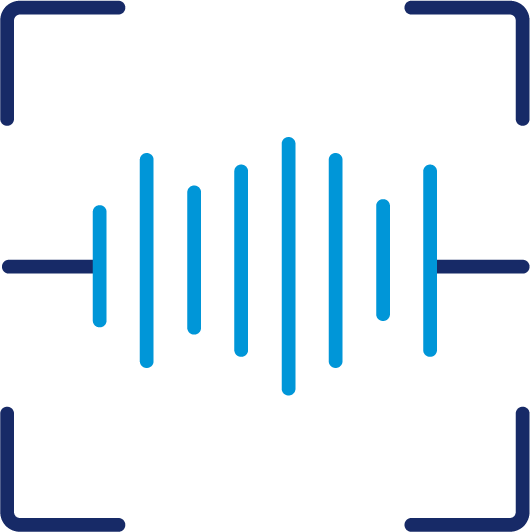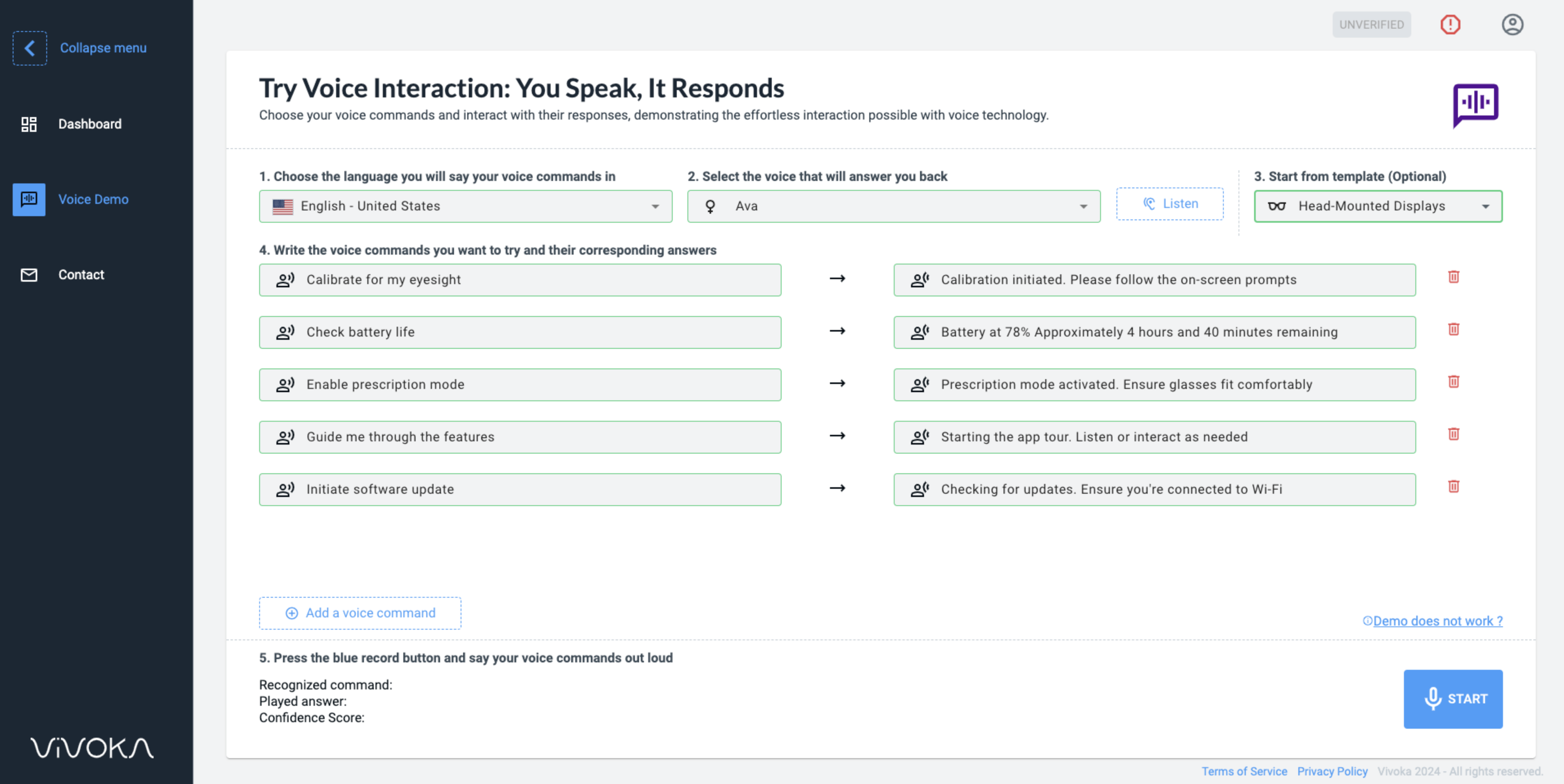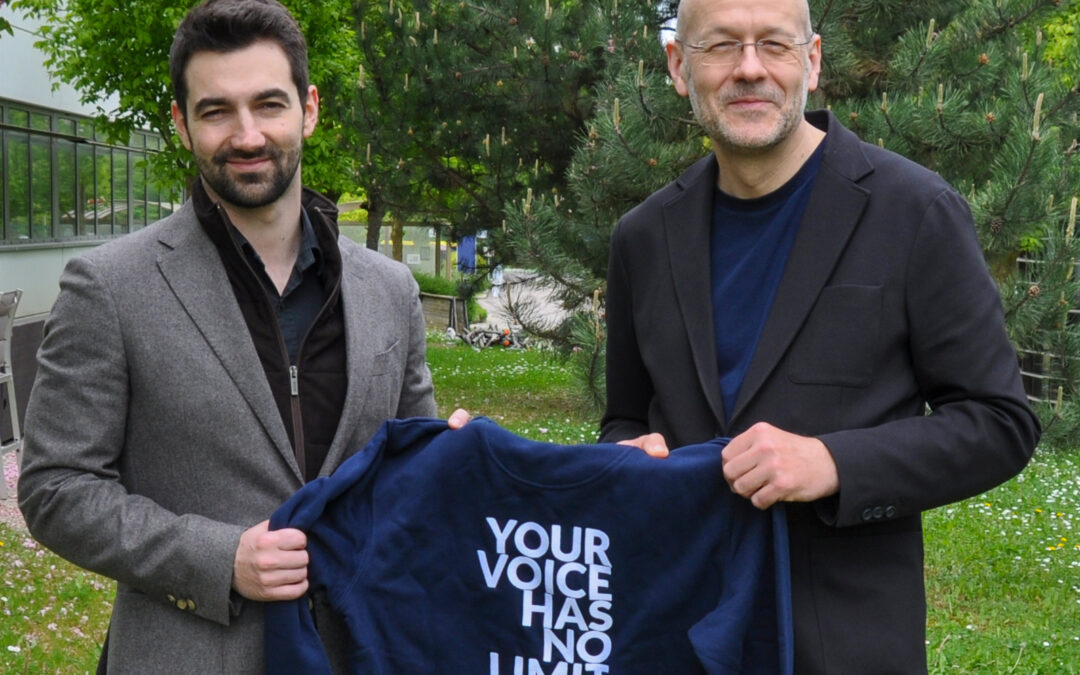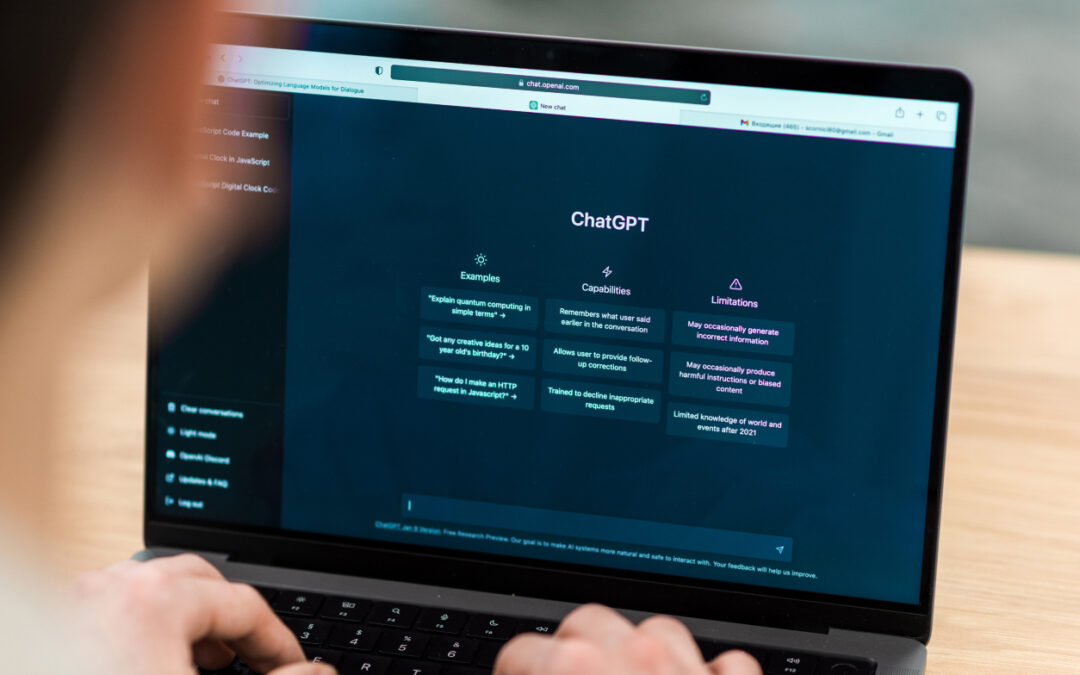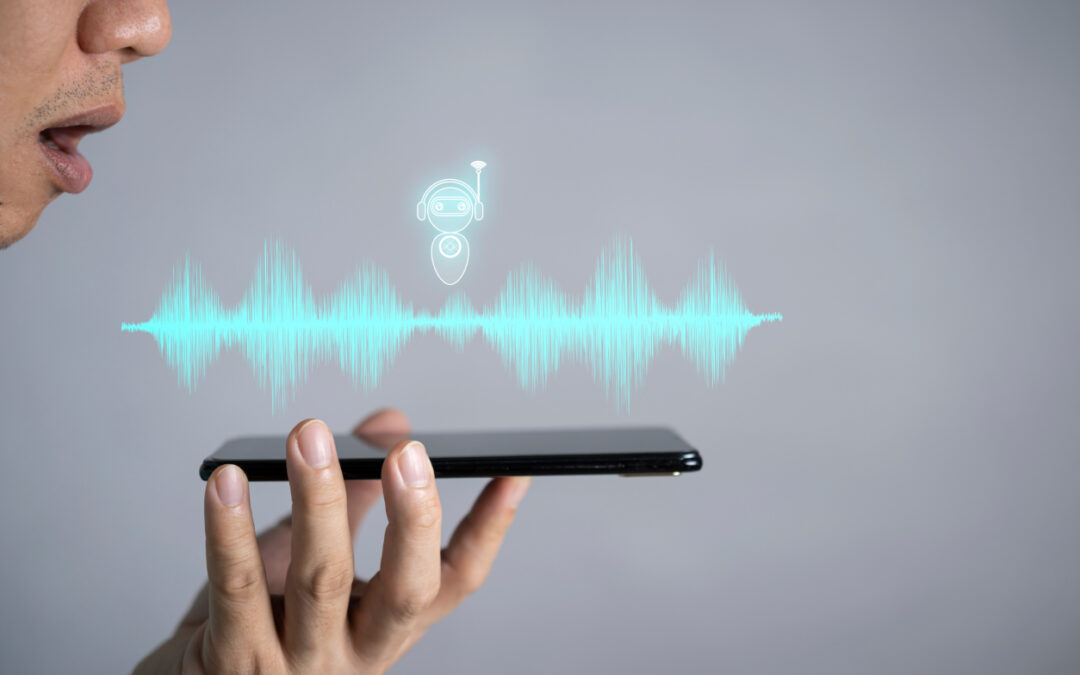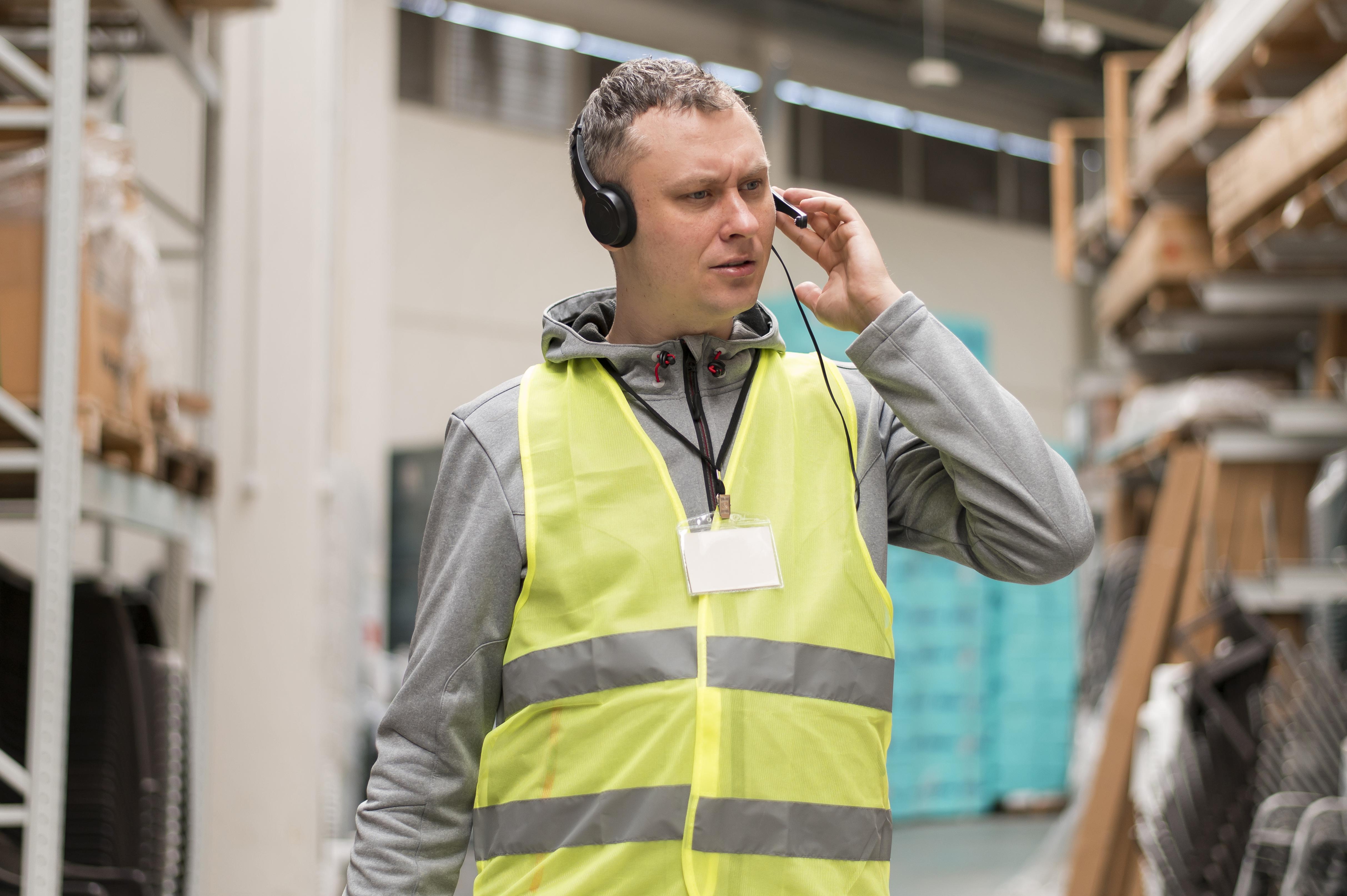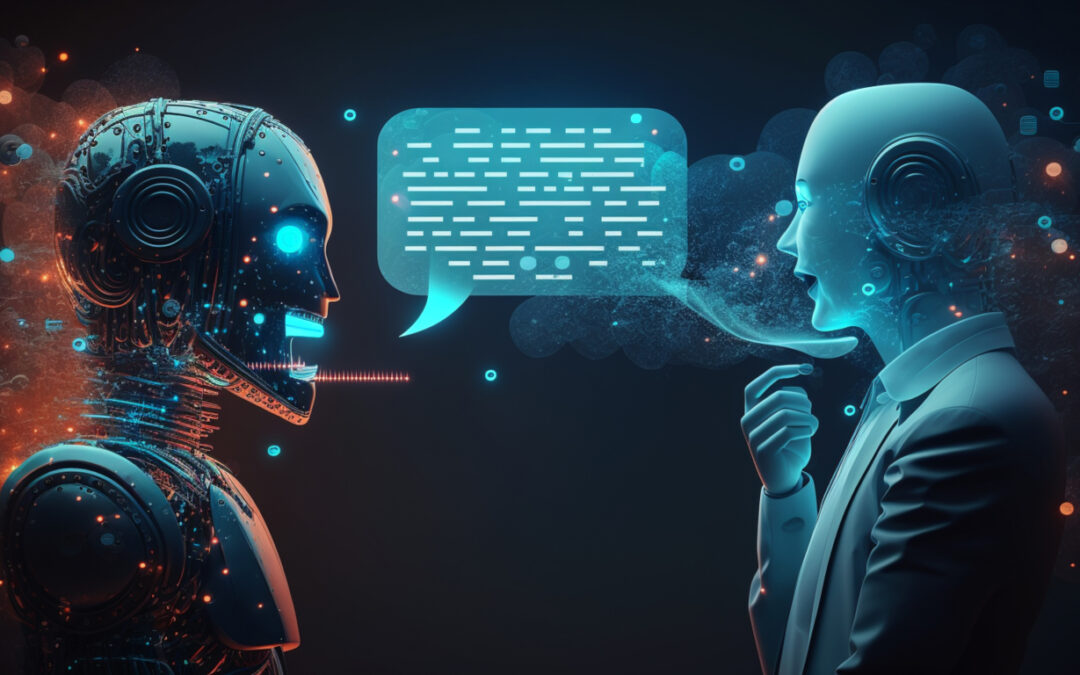Global NLU has many applications in very diverse fields. Consumers have leveraged it since 2010’s in everyday life, but it may sometimes be more difficult to use it in professional settings as the existing solutions are all Cloud-based. But while embedded voice-based NLU is emerging, here are different applications and how to leverage this technology in your domain. There are plenty of possibilities and the synergies with other voice technologies are making it more secure and easier to use.
Business applications of NLU
NLU in Appliances
As consumers use more and more voice in appliances, NLU allows these everyday life devices to understand and interpret spoken language. It makes it more convenient as it is a hands-free control and, thus, streamlines user experience.
People can control home equipment, such as thermostats, lights, and door locks, with voice commands through ASR, which make it more convenient to operate them. NLU technology helps users to communicate specific tasks or preferences with appliances such as refrigerators, washing machines, and dishwashers. Indeed, these can be programmed to recognize and interpret specific voice commands in everyday sentences. It allows for a more intuitive user experience. By adding voice biometrics and recognizing the different voices inside a household, the system can also trigger a “safe mode” when it recognizes a child’s voice for example.
Moreover, people can use it to develop smart home security systems that are controllable by voice commands. By creating a specific scenario, your users can easily activate a mode for when they aren’t home for a few days. Complementing it with voice biometrics to ensure the system can’t be deactivated by anyone else, you have a strong security system for your house or office.
Healthcare applications of NLU
The medical field could leverage Natural Language Understanding in order to streamline the processes and improve efficiency. It can turn out to be of great use knowing that there are some places that lack workforce in healthcare.
It is notably useful to analyse electronic health records (EHRs) more effectively. Indeed, in this use case, NLU enables machines to understand patient records and helps identify patterns that humans could miss. Electronic Health Records (EHRs) are digital records of patient health information shared among healthcare providers. It offers many benefits but faces significant challenges, such as the huge amount of data that it can contain. Healthcare providers must navigate through all this information to find what they need, which is time-consuming and challenging to analyse as it is, oftentimes, unstructured data. NLU helps improve efficiency and overall quality of the diagnosis and thus the treatment. Globally, NLU is greatly enhancing medical coding as it can help automate the documentation process.
Specific voice-based NLU for its part, facilitates medical transcription from doctor-patient conversations and allows to free up time for doctors to spend more time with patients rather than taking notes which ends up improving diagnosis. The overall workload for doctors is reduced while enhancing the performances and solution finding.
Controlling medical devices with more natural speech also makes it easier for users to focus on their main task when they need their hands free. Here, the voice commands should be controlled as it would be dangerous to command with everyday life speech. It would make sense to use NLU as an automation tool for tagging rather than using it the same way it could be for appliances for example.
How to apply NLU in the field of Mobility
In the field of mobility, NLU enhances driving experience as drivers and passengers can interact with the vehicles in a more intuitive and convenient way. It avoids having to take their hands off the wheel or their eyes off the road by using voice commands and natural language.
In-car
NLU systems allow drivers to control the temperature, music, and other features of their car simply by speaking. This not only enhances the convenience and comfort of the driving experience, but it can also improve safety.
Public transportation could also benefit from NLU. For example, passengers can use voice commands to ask for information about schedules, delays, and even purchase tickets in some cases, whether it is on an interactive terminal or in-vehicle. This can be particularly useful for people with disabilities or those who are not familiar with the local transportation system.
NLU makes it possible for the users to interact with the vehicle freely and allows for anticipation of their needs. It is possible to add ASR and TTS or just one of them in order to ease the process without adding barriers for users. NLP allows to create a complete conversational AI that is able to answer to the queries of the users. Imagine your car being able to help you in controlling the speed or the distance with other vehicles when you are angry because of another driver for example. As the technology continues to improve, we can expect to see even more innovative NLU applications in the field of mobility.
Simulations
NLU technology provides pilots with a more intuitive and efficient training experience. Instead of relying on complex button inputs and controls, pilots can interact with the simulation using natural language commands. This makes it easier for pilots to adjust the aircraft’s altitude, speed, or heading, or to communicate with air traffic control during the simulation.
By incorporating NLU technology, pilots can gain valuable experience in a safe and controlled environment, ultimately leading to better performance and safety outcomes in real-world flight situations. NLU grouped with TTS can also provide feedback and guidance to pilots during the simulation, pointing out potential errors or hazards in the flight plan.
However, the use of voice recognition technology in the cockpit environment presents unique challenges such as:
- elevated noise levels,
- unique grammar rules and vocabulary,
- hardware limitations…
The specific code “words” that professionally trained pilots use and the elevated noise environment in flight conditions make it challenging to develop a comprehensive grammar and vocabulary set for use in the cockpit. This is where NLU comes on stage as it allows for a more dynamic grammar and eases the process of tagging the voice commands. It then allows for the selection of an optimal vocabulary based on the best matched response. This leads to a more reliable and comfortable handling for users, improving training outcomes and reducing errors in real-world flight situations.
NLU applications in Industry 4.0
Voice-based NLU interfaces make it easier for workers to interact with inventory management systems using natural language commands, allowing them to quickly and easily access inventory data without the need for manual input or complex user interfaces.
For example, a worker could use voice commands to check inventory levels, update stock quantities, or initiate reordering of products. This can help to reduce errors and increase speed and accuracy, particularly in fast-paced warehouse or distribution environments where workers need to quickly locate and track inventory. Added to the voice picking system, natural language understanding facilitates the processing of voice commands whether they are spoken in a foreign language or with an accent. Some use it to bypass the lack of knowledge in a language. Indeed, Vivoka’s customers are currently trying to help foreign workers who don’t use the right words for the voice commands thanks to NLU, which compensates by understanding what they mean anyway.
Voice-based NLU and text-to-speech devices can also provide workers with real-time inventory updates, alerts, and notifications. Then they are able to make informed decisions and take actions as needed. Additionally, it is possible to integrate it with other inventory management systems, such as RFID or barcode scanning, to further enhance accuracy and speed.
Finally, NLU eases the Human-Machine collaboration. By its very nature, incorporating voice-based NLU technology can help workers interact with robots or cobots using natural language commands, rather than relying on complex programming or manual controls. This can make it easier for workers to operate and control robots.
It helps improve the overall flexibility and adaptability of robotic systems. Indeed, workers can use natural language commands to change the robot’s tasks or adjust its movements, without needing to stop or reprogram it, improving efficiency and productivity of the global manufacturing process.
NLU is ideal for Robotics
One of the most promising and interesting fields to leverage with voice-based NLU is robotics. Indeed, as we mentioned before, NLU is designed to improve Human-Machine communication and collaboration.
Voice-based NLU can be used to enhance human-robot interaction in a variety of industries, such as manufacturing, logistics, and healthcare. For example, in a healthcare setting, a surgeon can use voice commands to ask assistance during a surgical procedure.
In educational robots, Voice-based NLU creates an engaging and interactive learning experience for users. Indeed, a robot designed to teach language or maths skills can respond to a child’s voice commands to provide feedback on their performance or to answer questions. This can help children feel more connected to the learning experience and help enhance the communications skills.
Final thoughts the different NLU applications
Several other applications exist for embedded natural language understanding and while the technology keeps on evolving, new ones emerge. Fields like customer service, hospitality or finance also have a lot of opportunities to improve customer and user experiences. Moreover, NLU is only a brick in the wall of voice technology and complementing it with other ones may prove to be the perfect fit to revolutionise a field. What will it look like with virtual reality? How are players going to innovate by leveraging it in the near future? Remember you are not alone in the quest of creating the best voice user experience!
If you have an idea to enable your product or service with voice technology, Vivoka’s experts are here to help. Contact us to discuss the best possible solution to adapt it to your field and try the VDK for free!

